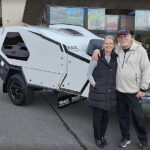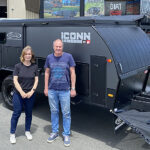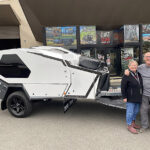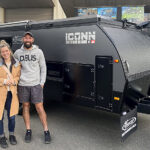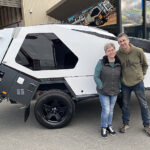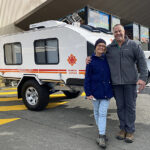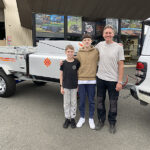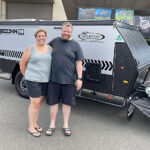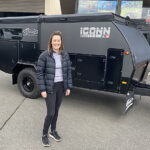
If you missed our last edition of Dirt eNews, we selected ten bucket list locations to inspire you to travel in 2020. In this edition, we share some tips on the ‘how to’ of remote trip planning.
How can I plan an extended trip? For starters, put a stake in the ground and identify a few time-slots during the year when your life can accommodate time away from your normal activities. If you’re heading north, you’ll want to travel in the dry season (April to September). Or if school children are involved, term holidays will be a dependency.
With a few loose dates in mind you can begin the low-level planning, working out where you want to go. Resources such as DVDs, YouTube, magazines and friends are great resources for identifying areas of interest.
Jot down some ideas in a trip book or on a computer, so you can edit as your planning progresses. And then put together an itinerary on a spreadsheet, showing days, distances, fuel stops and overnight stays.
The purpose of the itinerary is to identify where you want to go and if it will fit into your holiday timeline. With limited leave, you may choose to do some long days to get there so you can spend extra time at your key locations. You really want time to soak up the essence of each location over a couple of days.
Don’t overestimate the time required between locations off road. The Tanami Road is around 1050km of mostly dirt. Guide books suggest working on an average speed of around 70/km/h. The area is unfenced, so wandering stock, wildlife, corrugations and more are real hazards.
For those who get a little stressed with the whole idea of planning, the hot tip is to hop straight into it and flesh out some ideas. By dedicating just half an hour to a ‘brain dump’ of ideas, you’re not burdening yourself with what may otherwise be considered a massive job.
With a map guide book on hand, you have everything at your disposal to progress your plan including points of interest, distances, photos and more. Highlight areas of interest and transcribe them into your book or computer worksheet.
When watching a DVD or YouTube clip, I’ll jot down a few notes on my phone and later transcribe them onto our trip plan for further investigation. Record where you found the information, just in case you want to refer back again.
Keep adding to the ideas over time. The more research you do, the more you’ll be thinking about the trip and before you know it, it’s wedged in your subconscious as something you’re going to do!

For the transport legs, Google Maps help identify distances and travel times. Simply enter the starting and ending locations to get the details. This will only work for the major routes.
Don’t forget to add some time for breaks; eating, drinking, toilet visits and exercise will reinvigorate you. And swapping drivers is a great way to get there safely.
Recently, we started planning for a trip to the Kimberley. We purchased a Hema Kimberley Guidebook and began identifying our intended route. The Guidebooks highlight all the areas of interest and provide some background information such as the history, permit requirements and the track conditions. Then we watched Series 8 of the Top of Down Under on YouTube, making further notes. We’ll view similar clips from other travellers’ to flesh out where we want to go.
One of our biggest lessons learned is about relying on high level maps for trip planning. Just because there’s a line on a map doesn’t mean it will be open or traversable at your time of travelling. Verify any route through reliable resources. Contact the relevant road authorities, national parks, nearby roadhouse and tourism offices in the region and confirm your route is viable. In remote areas, a road closure can create a lot of back tracking and dependencies on existing fuel and supplies.
We use a combination of GPS electronic maps and paper maps when touring. Paper maps show you a lot more real estate and form a backup if technology fails.
If you’re looking for touring guides and other resources, we have a good selection of guides, maps and 4WD Atlases from renowned authors such as Ron & Viv Moon. Check them out in-store.

